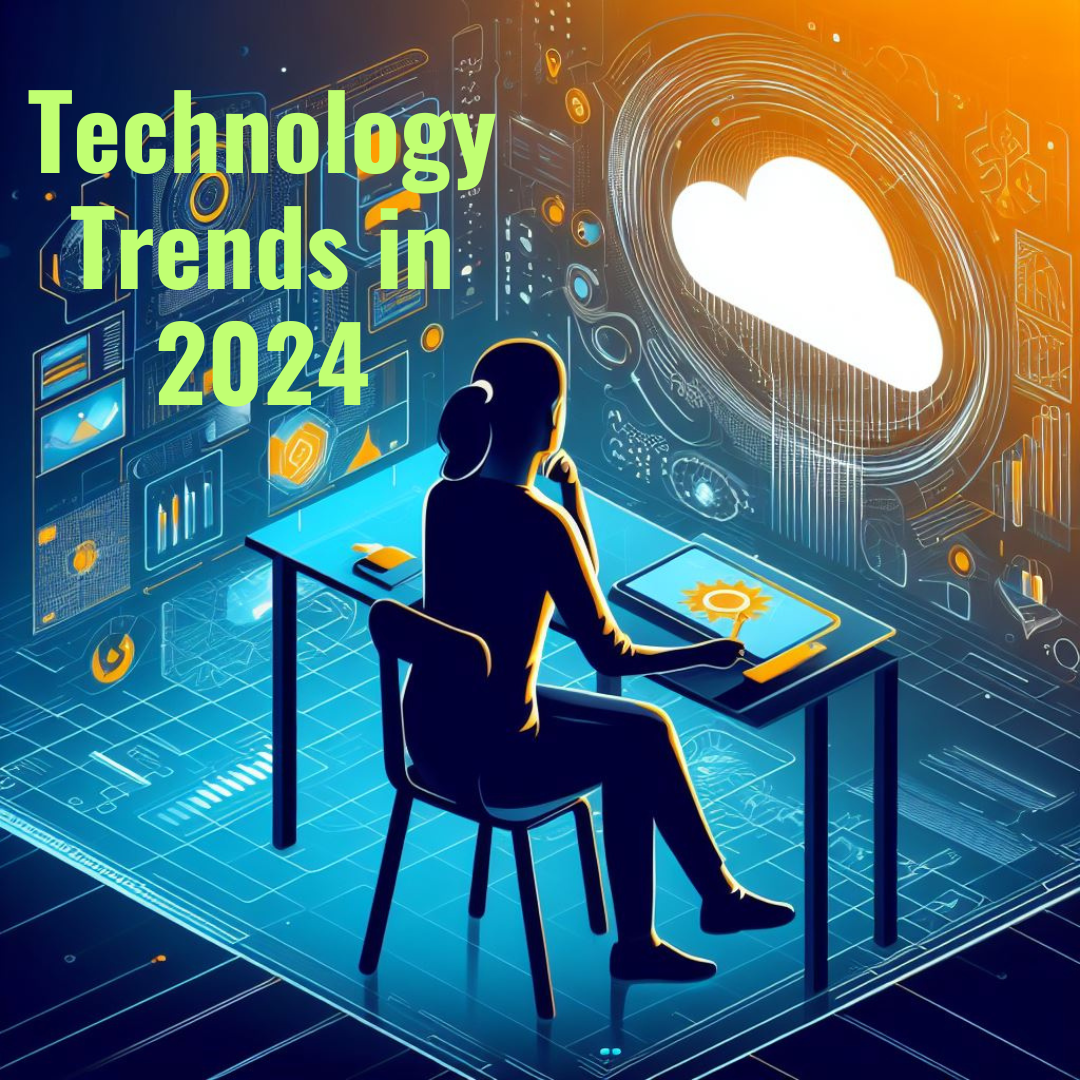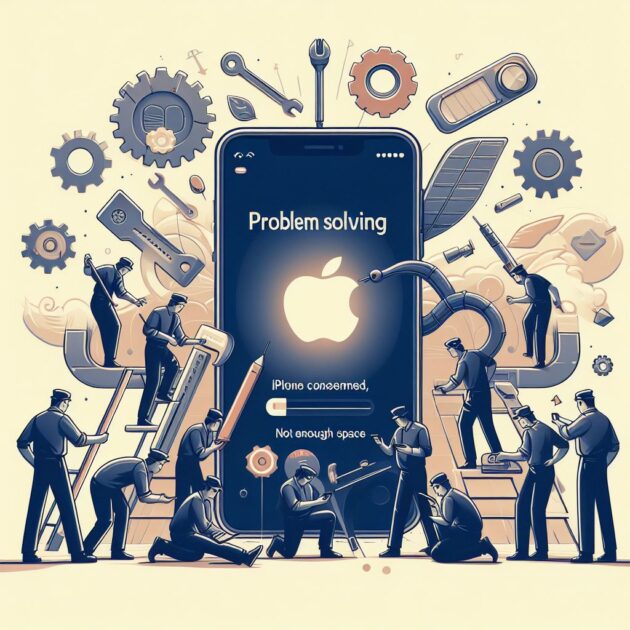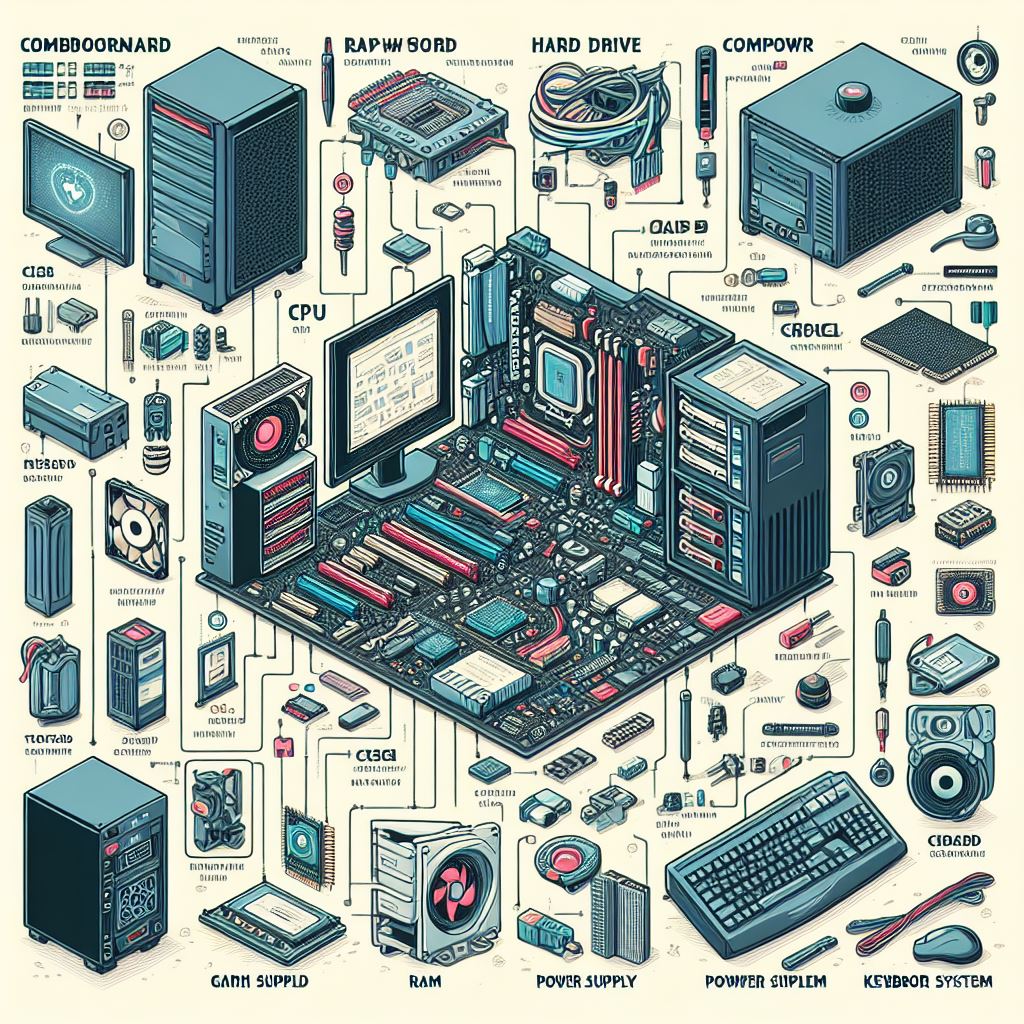Technology is changing faster than ever, and it can be hard to keep up with the latest developments and innovations. But if you want to stay ahead of the curve and take advantage of the opportunities that technology offers, you need to be aware of the top tech trends that will shape the world in 2024 and beyond.
In this blog post, I will share with you the top 10 tech trends that you should be ready for in 2024, according to experts from Forbes, the World Economic Forum, and McKinsey. These trends are not only exciting and fascinating, but also have the potential to create positive impact on society, the environment, and the economy.
Top 10 Tech Trends in 2024
1. The AI Revolution
Artificial intelligence (AI) is already transforming every aspect of our lives, from how we communicate, work, shop, and entertain ourselves. In 2024, AI will become even more powerful, accessible, and ubiquitous, thanks to advances in no-code AI, natural language processing, computer vision, and machine learning.
No-code AI will enable anyone to create and use AI applications without coding, making AI more democratized and inclusive. Natural language processing will allow us to interact with machines using natural language, both spoken and written, making AI more human-like and conversational. Computer vision will enable machines to see and understand the world around us, making AI more perceptive and capable. Machine learning will enable machines to learn from data and experience, making AI more adaptive and intelligent.
AI will also augment and automate many tasks and processes across industries, such as inventory management, customer service, product design, and content creation. AI will also enable new forms of contactless and autonomous shopping and delivery, such as self-checkout, drone delivery, and robot delivery.
2. The Metaverse
The metaverse is a term that describes a more immersive and persistent internet, where we can work, play, and socialize on a shared platform. The metaverse will combine elements of virtual reality (VR), augmented reality (AR), and the web, creating a seamless and interactive digital experience.
In 2024, we will see more progress and innovation in the metaverse, especially in the areas of work, entertainment, and socialization. We will have more immersive and collaborative meeting environments, where we can talk, brainstorm, and co-create with colleagues and partners from anywhere in the world. We will also have more advanced avatar technology, where we can create and customize our digital identities and expressions. We will also have more engaging and diverse content and experiences, such as games, concerts, sports, and education, that we can enjoy and share with others in the metaverse.
The metaverse will also create new opportunities and challenges for businesses, creators, and users, such as monetization, governance, privacy, and security. The metaverse will require new standards, protocols, and platforms to enable interoperability, scalability, and accessibility.
3. Green Tech
Green tech is a term that refers to technologies that aim to reduce the environmental impact of human activities, such as energy production, transportation, and manufacturing. Green tech is essential for achieving the goal of limiting global warming to 1.5 degrees Celsius above pre-industrial levels, as well as creating a more sustainable and circular economy.
In 2024, we will see more development and deployment of green tech, especially in the areas of renewable energy, clean transportation, and carbon capture. Renewable energy, such as solar and wind, will become cheaper and more efficient, thanks to improvements in technology and infrastructure. Clean transportation, such as electric vehicles, hydrogen vehicles, and hyperloop, will become more widespread and affordable, thanks to advances in battery, fuel cell, and propulsion technology. Carbon capture, such as direct air capture, biochar, and enhanced weathering, will become more feasible and scalable, thanks to innovations in chemistry, engineering, and geology.
Green tech will also create new markets, jobs, and benefits for society, such as lower emissions, cleaner air, and better health. Green tech will also require new policies, regulations, and incentives to encourage adoption, investment, and collaboration.
4. Quantum Computing
Quantum computing is a type of computing that uses the principles of quantum physics, such as superposition and entanglement, to perform operations that are impossible or impractical for classical computers. Quantum computers can potentially solve problems that are too complex or time-consuming for conventional computers, such as optimization, encryption, simulation, and machine learning.
In 2024, we will see more breakthroughs and applications of quantum computing, especially in the fields of chemistry, physics, and biology. Quantum computers will be able to simulate and manipulate molecules, atoms, and particles, enabling new discoveries and innovations in materials, drugs, and energy. Quantum computers will also be able to perform complex calculations and analyses, enabling new insights and solutions in cryptography, finance, and artificial intelligence.
Quantum computing will also create new opportunities and challenges for businesses, researchers, and governments, such as competitiveness, security, and ethics. Quantum computing will require new skills, infrastructure, and standards to enable development, access, and integration.
5. Connected Devices
Connected devices are devices that can communicate with each other and the internet, such as smartphones, smartwatches, smart speakers, and smart appliances. Connected devices can collect and exchange data, perform functions, and provide services, creating a more convenient and personalized user experience.
In 2024, we will see more growth and diversity of connected devices, especially in the areas of health, home, and mobility. Health devices, such as wearable sensors, smart patches, and implantable devices, will be able to monitor and improve our health and wellness, such as heart rate, blood pressure, glucose level, and sleep quality. Home devices, such as smart lights, smart locks, smart cameras, and smart thermostats, will be able to automate and optimize our home environment, such as lighting, security, temperature, and energy. Mobility devices, such as smart cars, smart bikes, and smart scooters, will be able to enhance and transform our transportation, such as navigation, safety, efficiency, and entertainment.
Connected devices will also create new opportunities and challenges for users, businesses, and society, such as value, privacy, and regulation. Connected devices will require new platforms, protocols, and networks to enable interoperability, security, and reliability.
6. Gene Editing
Gene editing is a technique that allows us to modify the DNA of living organisms, such as plants, animals, and humans. Gene editing can potentially create new traits, cure diseases, and enhance abilities, creating a more diverse and healthy life.
In 2024, we will see more progress and innovation in gene editing, especially in the areas of agriculture, medicine, and biotechnology. Agriculture will benefit from gene editing by creating more resilient and nutritious crops and animals, such as drought-tolerant rice, disease-resistant bananas, and leaner pigs. Medicine will benefit from gene editing by creating more effective and personalized treatments and therapies, such as gene therapy, cell therapy, and organoids. Biotechnology will benefit from gene editing by creating new products and applications, such as biofuels, bioplastics, and biosensors.
Gene editing will also create new opportunities and challenges for society, ethics, and governance, such as safety, equity, and regulation. Gene editing will require new frameworks, guidelines, and oversight to ensure responsible and ethical use.
7. Edge Computing
Edge computing is a type of computing that processes data closer to where it is generated or needed, such as on devices, sensors, or gateways, rather than on centralized servers or clouds. Edge computing can potentially improve the performance, efficiency, and security of data-intensive applications, such as streaming, gaming, and autonomous driving.
In 2024, we will see more adoption and advancement of edge computing, especially in the areas of 5G, IoT, and AI. 5G will enable faster and more reliable wireless connectivity, supporting more edge devices and applications. IoT will enable more data generation and collection, requiring more edge processing and storage. AI will enable more data analysis and intelligence, requiring more edge computing and inference.
Edge computing will also create new opportunities and challenges for businesses, developers, and users, such as scalability, latency, and cost. Edge computing will require new architectures, protocols, and tools to enable deployment, management, and integration.
8. Cutting-Edge Engineering
Cutting-edge engineering is a term that refers to engineering disciplines that push the boundaries of science, technology, and innovation, such as nanotechnology, biotechnology, and robotics. Cutting-edge engineering can potentially create new materials, devices, and systems, that can enhance and transform our capabilities and experiences.
In 2024, we will see more development and application of cutting-edge engineering, especially in the areas of health, energy, and space. Health will benefit from cutting-edge engineering by creating new solutions and interventions, such as nanomedicine, bioprinting, and neurotechnology. Energy will benefit from cutting-edge engineering by creating new sources and storage, such as nuclear fusion, hydrogen fuel cells, and supercapacitors. Space will benefit from cutting-edge engineering by creating new exploration and colonization, such as reusable rockets, lunar bases, and asteroid mining.
Cutting-edge engineering will also create new opportunities and challenges for society, economy, and environment, such as impact, risk, and regulation. Cutting-edge engineering will require new research, investment, and collaboration to enable discovery, development, and diffusion.
9. A Sustainable World
A sustainable world is a term that describes a world that meets the needs of the present without compromising the ability of future generations to meet their own needs, as defined by the United
Nations. A sustainable world is not only desirable, but also necessary, as we face the challenges of climate change, biodiversity loss, and social inequality.
In 2024, we will see more action and progress towards a sustainable world, especially in the areas of circular economy, green finance, and social impact. Circular economy is a concept that aims to reduce waste and pollution, keep products and materials in use, and regenerate natural systems, creating a more efficient and resilient economy. Green finance is a concept that aims to mobilize and allocate financial resources to support environmental and social goals, creating a more responsible and inclusive economy. Social impact is a concept that aims to measure and improve the effects of actions and decisions on people and society, creating a more fair and equitable economy.
A sustainable world will also create new opportunities and challenges for businesses, governments, and citizens, such as innovation, collaboration, and participation. A sustainable world will require new models, policies, and initiatives to enable transition, transformation, and alignment.
10. The Future of Work
The future of work is a term that describes how work will change in the coming years, as a result of the impact of technology, globalization, and demographics. The future of work will affect not only what we do, but also how, where, when, and why we do it.
In 2024, we will see more changes and trends in the future of work, especially in the areas of skills, flexibility, and diversity. Skills will become more important and dynamic, as workers will need to constantly learn and adapt to new technologies, tasks, and roles. Flexibility will become more common and desirable, as workers will have more options and preferences on how to organize their work, such as remote work, gig work, and hybrid work. Diversity will become more valued and celebrated, as workers will have more opportunities and challenges to work with people from different backgrounds, cultures, and perspectives.
The future of work will also create new opportunities and challenges for workers, employers, and society, such as productivity, well-being, and inclusion. The future of work will require new strategies, practices, and policies to enable empowerment, engagement, and equity.
Conclusion
These are the top 10 tech trends that you should be ready for in 2024, according to experts from Forbes, the World Economic Forum, and McKinsey. These trends are not only exciting and fascinating, but also have the potential to create positive impact on society, the environment, and the economy. By being aware of these trends, you can prepare yourself for the opportunities and challenges that they will bring, and make the most of them.
I hope you enjoyed reading this blog post and learned something new. If you have any questions or feedback, please feel free to leave a comment below. Thank you for your attention and interest. 😊











